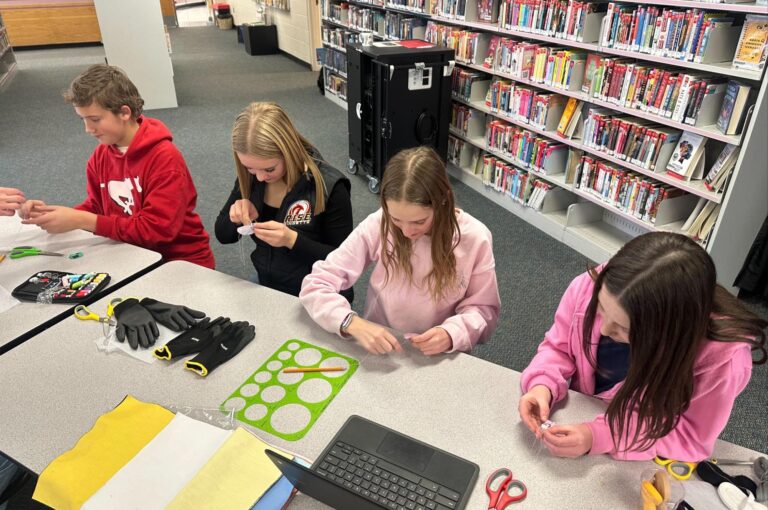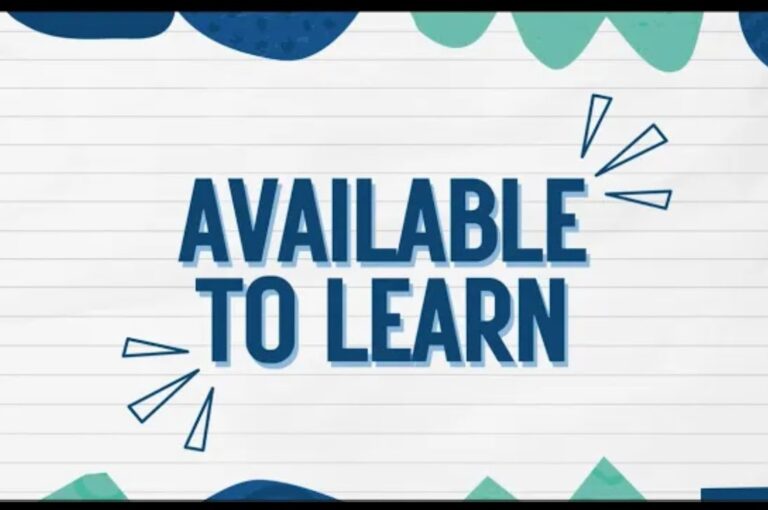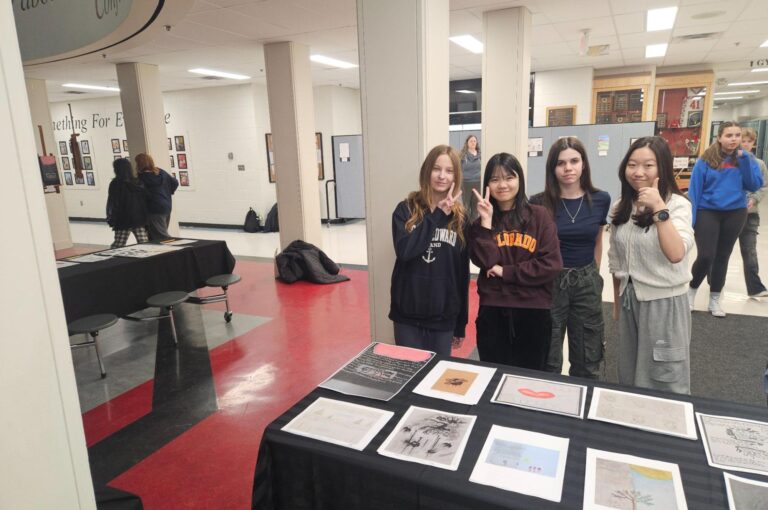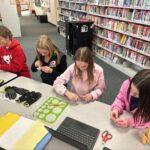Students in the fitness program at Strathmore High School have been learning about physical wellness, and they are working with their teacher to create personalized fitness plans. A significant challenge that has emerged, is that students require extensive, ongoing instruction in completing exercises which creates a high demand for access to their fitness teacher. So they took advantage of the resources they had and created their own solution: quick and easily accessible fitness instruction, free to all users at the school’s Fitness Centre.

A grand total of 75 instructional videos were strategically designed and produced, each being linked to one of 7 posters displayed around the centre. The intent of these videos was to create a convenient and practical way of encouraging safe and proper exercise techniques. Now, teachers and students are able to point their smart devices to a poster, scan the available QR code, and view several dozens of videos to help them complete their exercises properly, to learn new exercises, and to even design their own workouts. Through explicit instruction of a variety of exercises, students and staff now have more resources to increase their own personal health and well-being.
Self-Directed Physical Well-Being
To create the instructional videos, the Fitness students worked together with their teacher to plan each of the shots to best capture the demonstrations, and then performed the movements on camera. This process involved students learning about optimal camera placement and angles to ensure that the most significant ideas could be clearly communicated in the final product. After capturing several hours of footage, the videos were edited using iMovie to ensure that they were short and concise. Finally, students worked alongside their teacher to upload each of the videos to YouTube into their respective playlists, before ultimately linking them to a unique QR code, specific to a muscle grouping. Moving forward, the teacher’s plan is to have Fitness 30 students engage in a similar process with greater student control over the instructional aspects of the video while still providing feedback and coaching.

This valuable learning process made a positive impact not only on the school community, but also on the young creators themselves. By going through the various stages of planning and creating, students were required to think empathetically about the needs of their community, to think critically about how to best deliver the resources, and to think independently about how they, as individuals, could most effectively contribute to the productivity of their team. Students exercised many skills, both physically and intellectually, which ultimately deepened each individual’s understanding of the very physical wellness concepts they were demonstrating.






